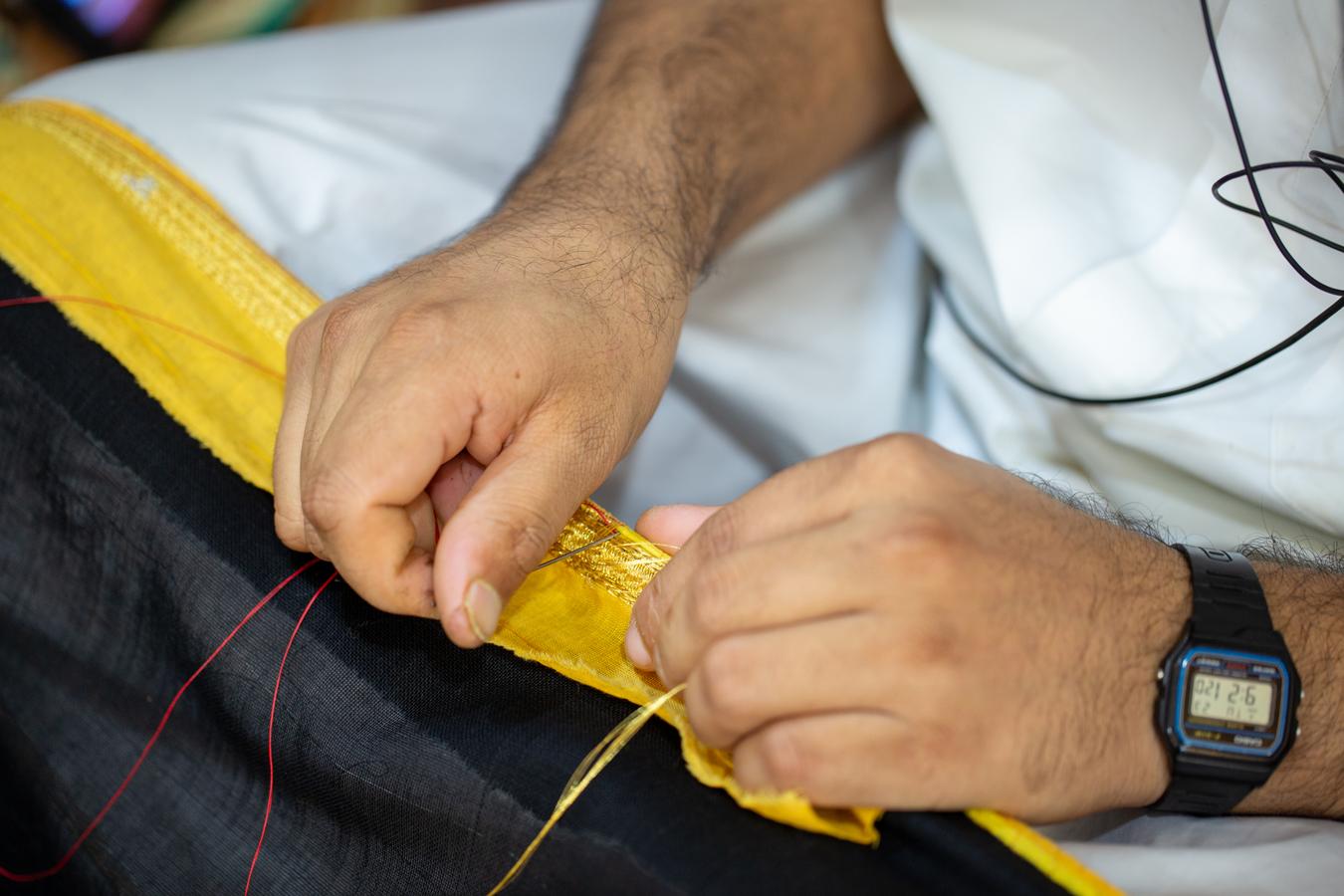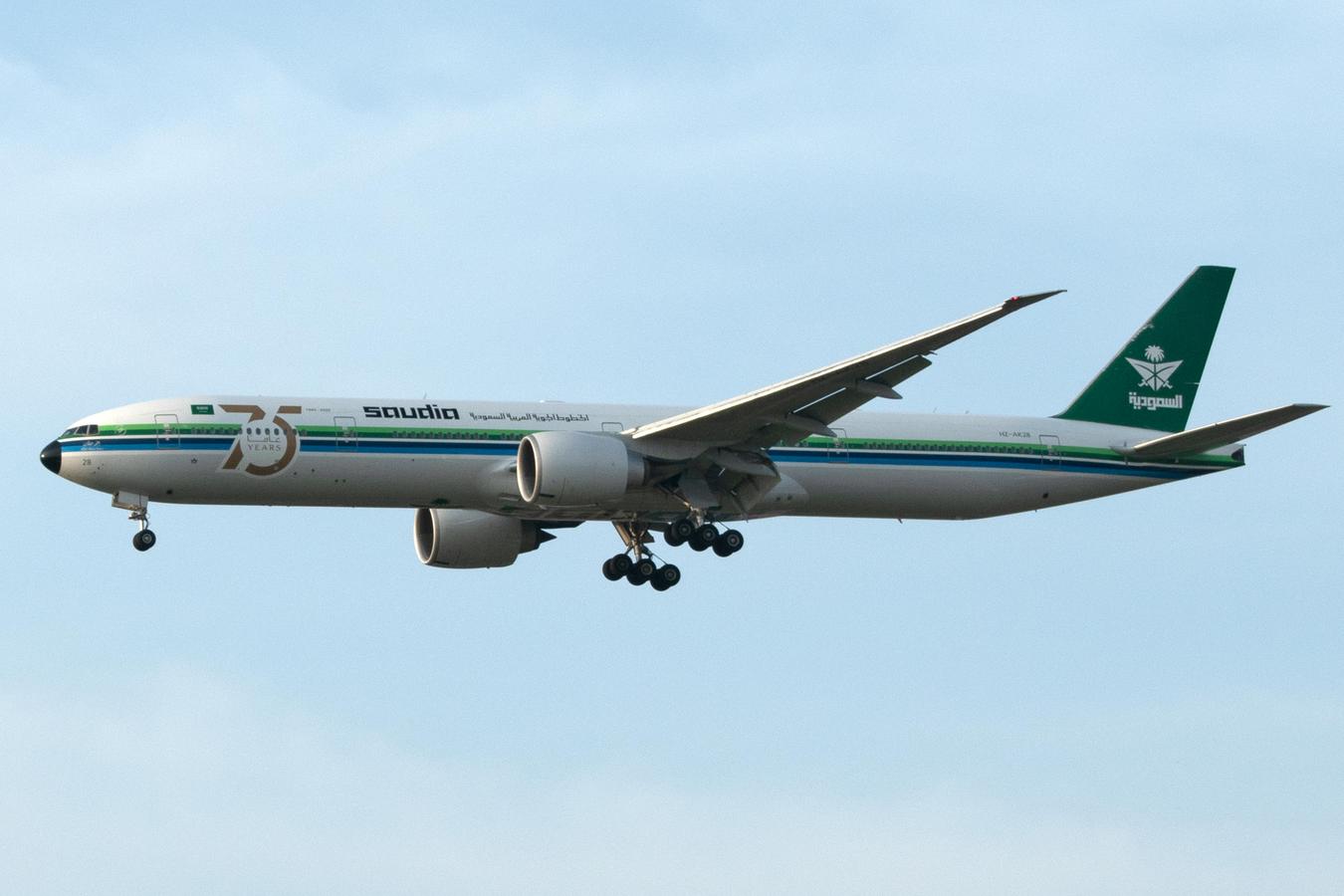When a 2,000 year old Nabatean woman’s face was unveiled via a 3D reconstruction earlier this year, it was more than just a technological showcase of the talents of archaeologists, anthropologists, forensic reconstruction experts and sculptors.
The silicon bust of Hinat, who was originally found in 2015 a tomb on the outskirts of Hegra (Medain Salih today), illuminated an entire history of a little known civilisation - and Saudi Arabia’s new approach to talking about its history.
The project was funded by the Royal Commission for AlUla, which is significant. In 2016, Saudi Arabia's Crown Prince Muhammad bin Salman unveiled the Saudi Arabia Vision 2030, which aimed to transform the country into a global hub for trade and tourism connecting Africa, Asia, and Europe.
Yet in the past, little importance was given to history and tourism in Saudi Arabia; following the the Mecca siege in 9179, religious people gained power and infiltrated every aspect of Saudi life. The Mutawwas (a form of religious police) considered any non-Islamic rituals or practices "haram," - forbidden. Thus, historical sites such as Madain Salih were not open to visitors.
Which was a real missed cultural opportunity given the Nabataeans were a settled tribe that created a flourishing kingdom spanning nearly 800 kilometers. Petra in modern Jordan was the capital city to the north, and Hegra their most important city to the south.
Despite the importance of Hegra in the Nabataean empire, it is much less well-known than Petra. Hegra's rock-cut construction looks similar to Petra's, and the site's tombs, each exquisitely carved from the area's soft sandstone and inscribed with Nabataean writings, still stand in remarkably preserved condition in the Saudi Arabian desert.
The Nabataean civilisation was renowned for its trade routes between the Arabian Peninsula, the Mediterranean world and Asia - and Hegra was once an important trade route between these regions. So with Saudi Arabia opening up every aspect of life, it was important that Hegra - which had been practically undisturbed for almost 2,000 years - could be opened for visitors.
Located less than 22 km from AlUla, Hegra is Saudi Arabia's first UNESCO World Heritage Site, showcasing the stunning setting that bears testimony to the Nabataean civilisation. The site offers valuable insights into the rich history and culture of the Nabataeans in AlUla.
The Nabataean architectural legacy and inscriptions, including the reconstructed face of Hinat, will be crucial in unlocking the secrets of an almost-forgotten civilisation. More tourists will be able to learn about the country's rich history and culture, but it’s particularly noteworthy that Saudis themselves will have the opportunity to learn more about their own history, which was previously limited to the date of Saudi's national day.
One reconstructed face it might be, but Hinat points towards the continued growth of tourism in Saudi Arabia, and the potential to contribute to a greater appreciation and understanding of the country's fascinating heritage.









0 Comments
No comments yet. Be the first to comment!